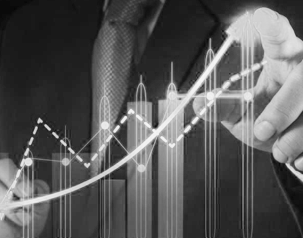Commonwealth health spending rose by over 7 per cent in 2016-17, significantly more than the average increase in private health insurance premiums.
Publication of the Final Budget Outcome for 2016-17 confirmed the higher than expected jump in health spending. The final figure for 2016-17, $74,445 billion, came in $625 million higher than forecast in the May Budget.
The significant drivers of the jump in spending were Medicare and funding for public hospitals. A rise in top-line spending on pharmaceuticals was significantly offset by payments from pharmaceutical companies under pricing agreements with government.
Since 2010, commonwealth health spending has grown at an average annual rate of 4.84 per cent, around the same average increase in private health insurance over the same period.
Health minister Greg Hunt announced a 4.84 per cent average increase in premiums earlier this year, with premium rising at an annual average of 5.7 per cent since 2010.
While the average rise in private health insurance premiums has been broadly in line with overall government spending on health, a range of reforms have combined to undermine its affordability.
In recent years the private health insurance rebate, which started the decade as a 30 per cent rebate to the annual cost of a premium, has been eroded through a series of reforms.
A combination of means testing, its removal from the Lifetime Health Cover loading and a change to its indexation, have eroded its value and contribution to premiums.
For Australians who qualify for the full benefit of the rebate, the change in indexation means its value has dropped from 30 per cent to under 26 per cent of the premium.
